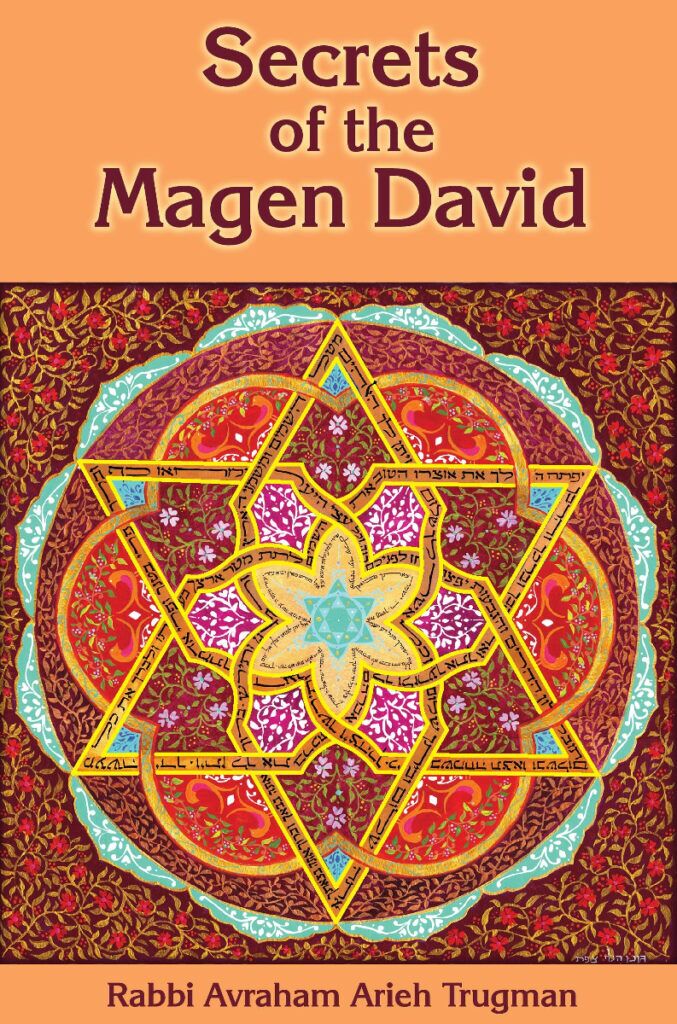ATTENTION! THIS BOOK IS TEMPORARILY OUT OF STOCK IN THE UNITED STATES AND CANADA! YOU CAN ORDER HERE A PDF VERSION!
Hardcover, 190 pages
The origins and history of the Magen David is shrouded in mystery. How it became the premier Jewish symbol today is a fascinating subject, entailing a deeper than usual understanding of Jewish history. This book traces the development of the Magen David as a Jewish symbol and offers a unique explanation that is quite contrary to the standard view. Along with this intriguing history, Secrets of the Magen David offers the reader an in-depth exploration of the deeper spiritual meanings and symbolism of this deceptively simple form and how it reveals a host of basic Jewish teachings, especially its mystical tradition.
DONATE AT LEAST $25
RECEIVE SECRETS OF THE MAGEN DAVID
ATTENTION! THIS BOOK IS TEMPORARILY OUT OF STOCK IN THE UNITED STATES AND CANADA! YOU CAN ORDER HERE A PDF VERSION BY DONATING $12.
Important: Please make sure to include your mailing address by leaving a note in the PayPal order form!
(Orders outside Israel & USA please add $15 (including Canada); Australia, New Zealand, the Far East and South America please add $25)



